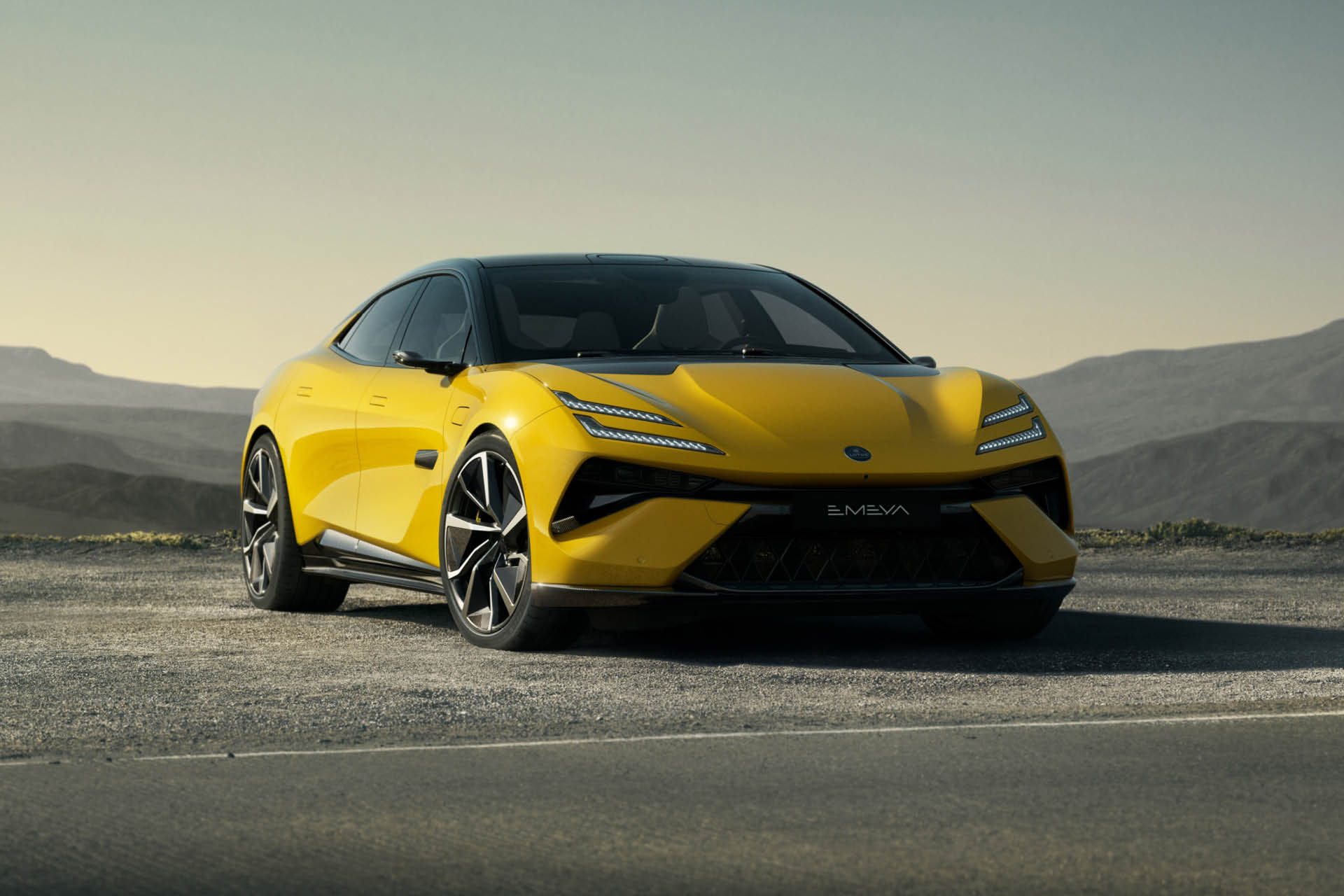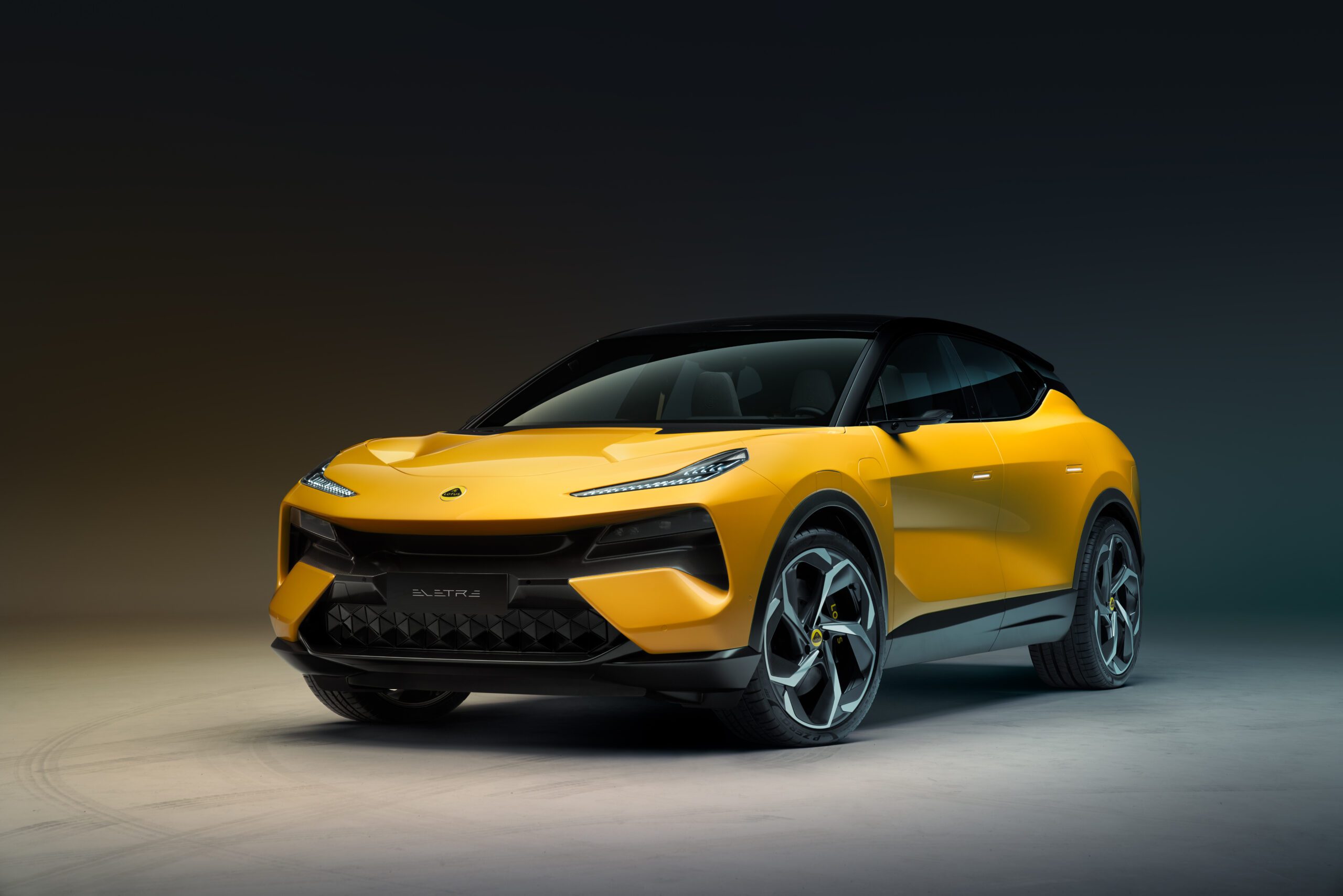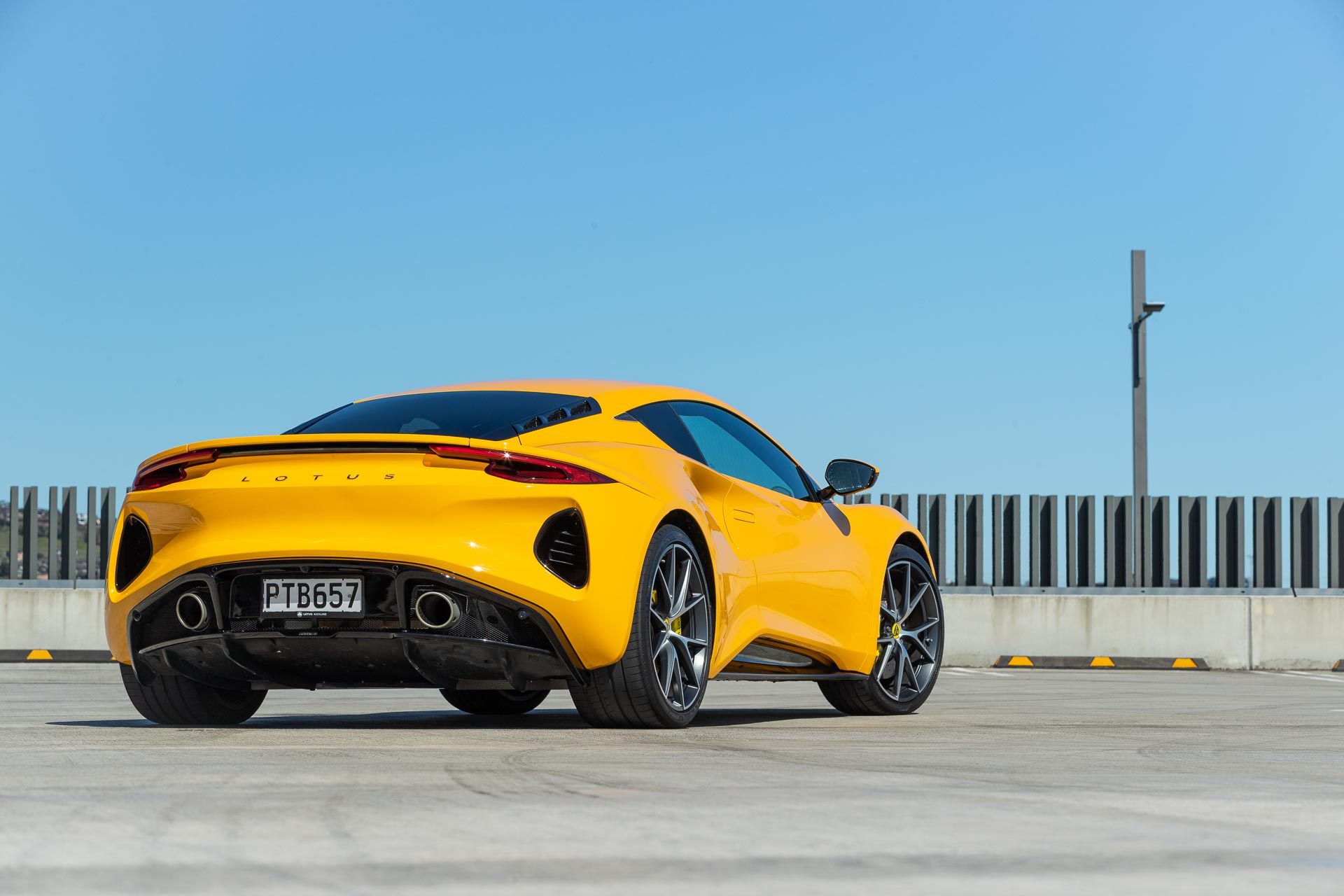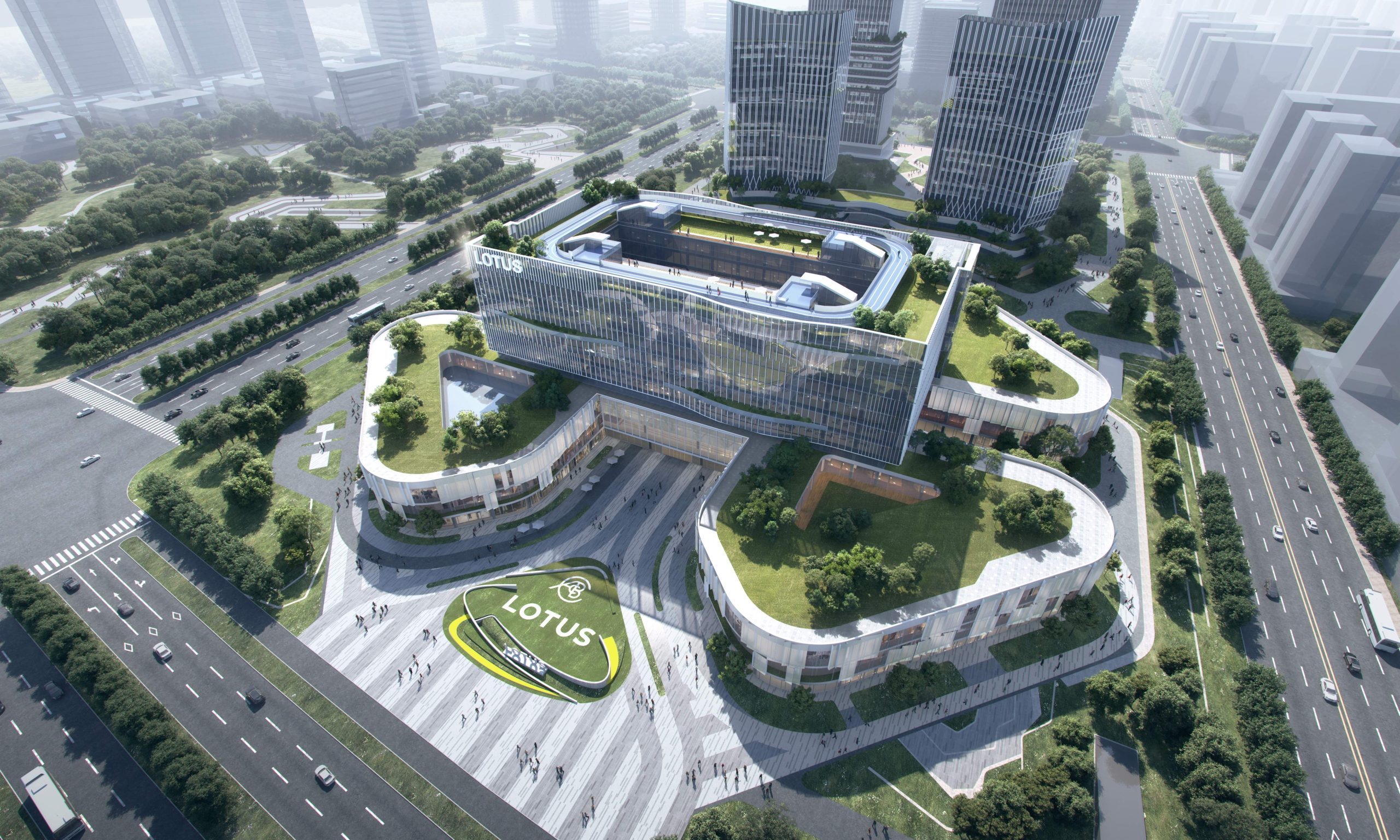Lotus is Another Rethinking its All-Electric Plan
Words NZ Autocar | Images Lotus
Sino-British sports car maker, Lotus, is another to back down on its all-electric plan, with luxury car buyers shunning EVs. The brand had been planning to go fully zero emissions by 2028.
As a result, Emeya saloon and Eletre SUV may get new hybrid powertrains.

The change was confirmed by the brand’s CEO at the Guangzhou Motor Show in China.
Lotus will develop ‘Hyper Hybrid’ technology with ultra-fast plug-in charging along with a turbocharged combustion engine. That will extend the overall range to almost 1100km, according to Lotus boss Feng Qingfeng.

At present, it is not clear which models will take the hybrid drivetrain. However, it is expected to be the Eletre large SUV and Emeya large saloon. Likely it will add the new unit to the brand’s forthcoming Macan-rival, due out next year.
“At Lotus, we have always chosen the best power technology available, whether it’s pure gasoline, pure electric, hybrid or range-extended [EV],” Feng said in an interview with the Wall Street Journal.
Plug-in hybrids and extended-range EVs are proving popular in China currently. Car makers are now shifting emphasis to these powertrains.

Close relative and Geely-owned Zeekr recently announced that it will start offering PHEVs in the future.
Luxury car buyers have resisted the move to EVs. Customers prefer ICE models and their extra range and ease of refueling.
European brands are struggling with EVs in China, Porsche especially. Porsche CFO Lutz Meschke commented recently “We cannot expect significant recovery in the upcoming years when it comes to the premium and luxury BEV segment in China for European [manufacturers]”.
Lotus originally rejected versions of PHEV drivetrains because of the need to plug in daily to fully utilise the EV element. Extended range EVs, while they can increase the electric useability, can also prove sluggish when the battery is depleted and the small internal combustion engine has to power the electric motor.

Lotus says its engine will be able to charge the battery at a much faster rate than in other such vehicles, ensuring the vehicle won’t have to rely on ICE power alone.
Behind this is a 900V electrical architecture to “flash-charge” the battery when stationary.
A secondary benefit is that Lotus wouldn’t attract the extra tariffs into the European Union. PHEVs are exempt from the additional duties recently added to Chinese-built EVs.
Lotus delivered 8631 vehicles in the first 10 months of 2024, with Europe accounting for one-third of sales and China one-quarter. The UK was responsible for 15 per cent of sales.
The biggest seller for Lotus was the Eletre, followed by the Emira.





